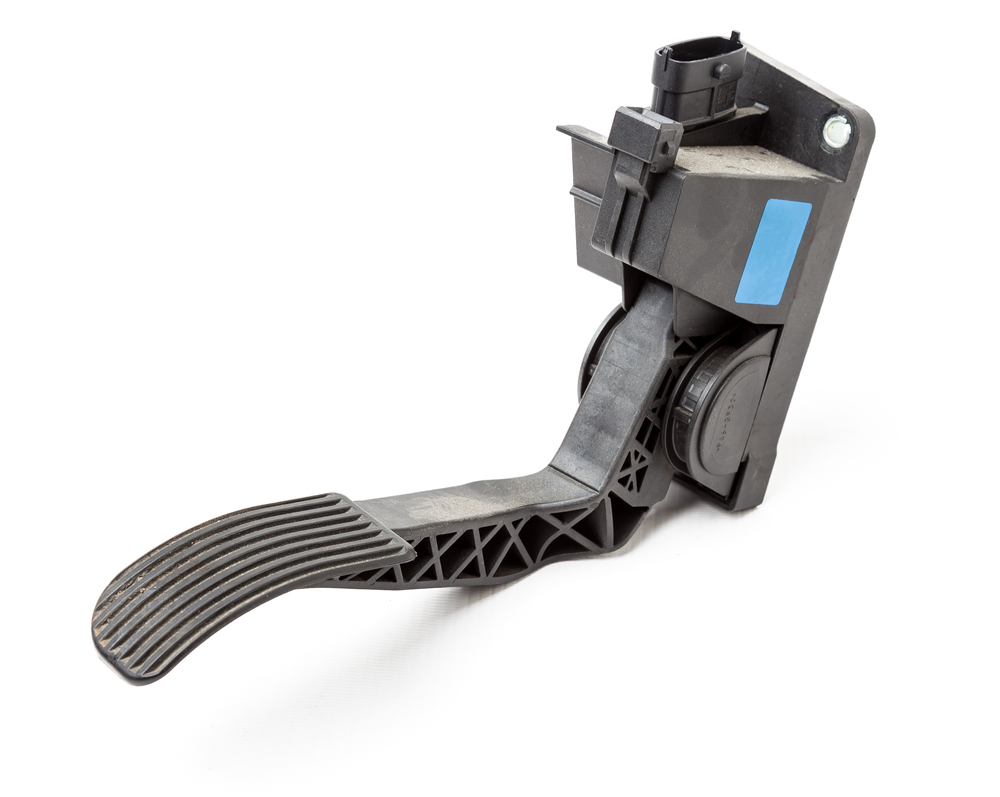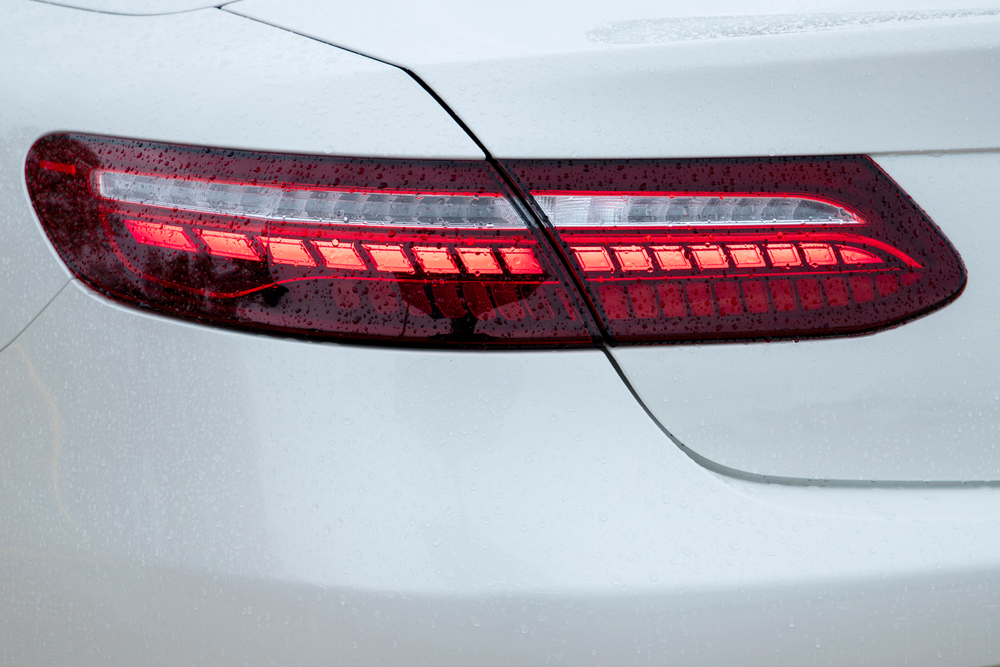What is a brake switch and what does it do?
The brake switch, also known as the brake sensor, brake switch, brake light switch, function is to detect when the brake is applied. When the driver applies the brake, the brake switch contacts are closed and the electronic control unit is signaled that the brake is applied. They are spring-loaded switches in the upper part of the brake pedal mechanism.
Brake Pedal Position Sensor In some vehicles, they can be found in the form of two separate switches.
What does the brake switch do? How does it work?
The brake pedal switch (brake pedal switch) is a spring-loaded two-position electric switch. There are two operating states, ON or OFF, which generates a signal that the pedal is depressed or the pedal is not depressed. The signal of the switch is transmitted to the ECU.

The brake switch is actually a simple electric switch, it contains contact terminals and a spring that sends an electrical signal to the circuit. This spring inside the sensor pushes the contact terminals when the brake pedal is pressed and makes contact. When the foot is removed from the brake pedal, the upward force of the brake pedal pushes the spring of the brake switch back, causing the contacts to open, that is, the signal to be cut off.
When the brake pedal is pressed, the following operations are performed on the car with the signal coming from the brake sensor;
* Turning on the brake lights,
*Disabling cruise control,
*To provide the cut-off (fuel cutting) process in deceleration,
* To operate the emergency brake assist system (BAS-EBA).
* In vehicles with automatic transmission, to send the signal necessary to move the gear lever to the P and N positions.


Brake Pedal Position Sensor Signal Used For Diesel Vehicles (Common Rail Fuel System)
*Turn on the brake light
*Adjustment of engine idle speed and injection amount.
*Adjusting the injection when braking and shifting at idle.
*To deactivate the cruise control system in operation.
*For logical verification of the correct operation of the accelerator pedal position sensor. Since both the accelerator and the brake will not be pressed at the same time, this is how the accelerator pedal position sensor works properly. If the accelerator pedal position sensor fails, the ECU will cut off fuel when the brake is applied. If the switch fails, the amount of fuel and engine power is reduced. In some diesel vehicles, when the gas is pressed first and then the brake is pressed, the ecu will slightly increase the idle speed of the engine.
*Brake light switch
*Two as brake pedal position sensors.

How to detect brake switch failure? What are the symptoms?
When the brake pedal switch (brake pedal switch) fails, a fault code is generated and saved in the OBD system. When the brake switch fails, the brake (stop) lamps of the car will turn on constantly or not at all, it can be understood in the simplest way. When the brake switch (sensor) fails, the engine control unit reduces fuel injection, reducing engine traction. The cruise control system does not work.
In addition, when the brake switch fails, the gear is locked in cars with automatic transmission. For safety reasons, it is necessary to press the brake pedal in order to shift the gear to the park "P" and neutral "N" positions in automatic cars.
If the brake switch is faulty, the control unit cannot detect that the brake pedal is pressed and locks the gear, remaining in whatever position it is currently in. To resolve this fault, it is necessary to open the lower part of the gearshift and lower the lock lever so that the gearshift is released. Of course, if the brake switch is faulty, it must be repaired.
Why does the brake switch fail?
One of the most common brake switch failures is a brake switch dislodgement. When the brake switch is displaced, it is no longer affected by the movement of the brake pedal. Since the brake pedal does not apply pressure to the spring-operated brake switch, the brake lights will come on constantly, as if you are constantly pressing the brake. In this case, it is necessary to insert the brake switch to the place where it comes out and fix it. Apart from this, brake switch connectors and connection cables; It may have caused a malfunction due to reasons such as loosening, corrosion, oxidation, lubrication-contamination, rupture, short-circuiting.
Where is the brake switch? How to Change?
The brake switch is located on the brake pedal. It is mounted on the underside at the point where the brake pedal connects, in contact with the brake pedal. To find the brake sensor, you have to lean over the floor mat and look up the brake pedal. The brake switch may be clipped into its housing or it may be attached with a screw. The brake switch is first removed from its place and then its socket is removed, the new brake switch with the appropriate specification is inserted into the socket and seated.

